Growing Together Education Connects Learners and Communities to Green Food and Green Skills
Key Points
-
Outdoor education is not just about technical skills, but it also roots learners in place and exposes them to a myriad of career options.
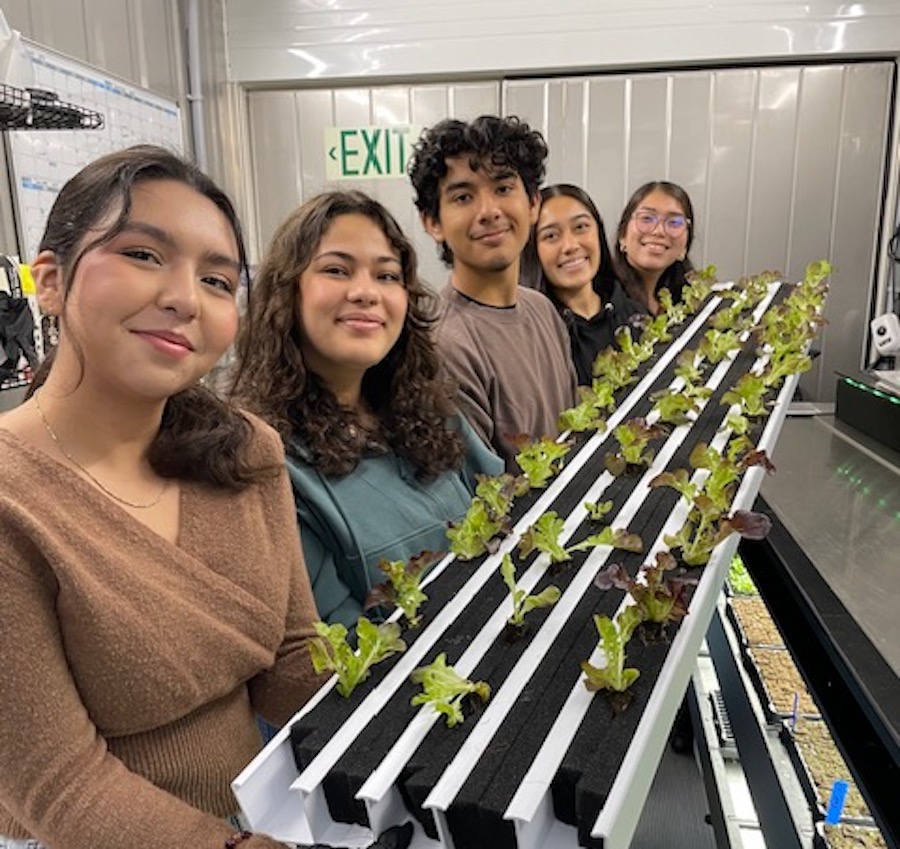
In a South Central California food desert, locating fresh and nutritious food can be a challenge. Growing Together Education (GTE) works with school communities across the country to develop academically rigorous and interactive environmental education programs. They work closely with district representatives, teachers, and staff to design and build out spaces, develop curriculum, provide training for teachers and engage directly with K-12 students.
Recently GTE has been collaborating with Bellflower USD (BUSD) to not only learn about growing food sustainably, but also to provide this food to numerous schools across the district. Much of this learning takes place on a rooftop farm and greenhouse. “We are a month into harvesting 500 heads of lettuce a week for their Food Services Dept and salad bars across the district,” said Paul Hudak. “This work is all being done in a converted storage container unit through hydroponics at Bellflower High School and on the rooftop farm and greenhouse at Mayfair High School (both in the Bellflower Unified School District).”
Bellflower USD is forward-thinking in that they are approaching urban farming and environmental science with both an educational and public health focus. It takes a dedicated group of district and school leaders to make moves to implement and maintain these types of programs.
Hudak continued, “It’s been great to be sharing this work with K-12 students and see their continued level of engagement and ownership.”
A Day in the Life
Students spend time in the gardens during the school day where they learn about seeding, planting and harvesting greens for the BUSD Food Services team. GTE also collaborates with and supports teachers in designing classes and programming to utilize the garden spaces with their students, making interdisciplinary opportunities. The team is currently designing after-school cooking classes incorporating their farm-grown produce. This course will work in conjunction with the district’s mental health programming to highlight the connection between mental health, lifestyle choices and diet.
“It’s interesting seeing the process of growing all this lettuce knowing that it’s going to be offered at our cafeteria for us to eat,” says Nathaley, a student at BUSD. “It’s exciting knowing that we, as students, helped grow this lettuce. We’ve witnessed the whole process from planting the seedling to transferring it to the vertical growing panels. The most interesting thing is how in this tiny shipping container, so much lettuce could be grown. I enjoy working with plants because I like knowing that we nurtured these plants and now we can see people eat them.”
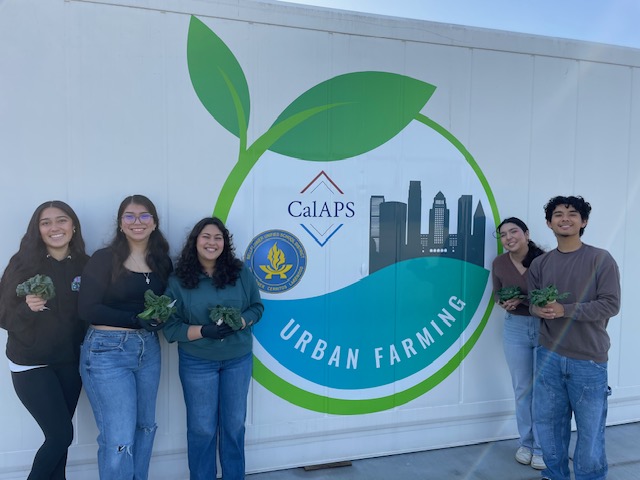
Throughout this process, students also get to learn about the high-tech operation of the Freight Farm and how it utilizes LED lights, and has access to remote operation via apps (phone) for watering, nutrient delivery and climate control.
“I find the sustainable farming methods used on the Freight Farm to be really interesting. The ability to grow fresh produce in a controlled environment, regardless of external conditions is shocking to me,” says Rana, a student in the program. “I’m excited to see how technology could revolutionize the way we think about farming and food production! It could truly change the game for communities that struggle with access to fresh, healthy food. I find working with plants to be therapeutic and rewarding. I feel accomplished watching something I planted grow.”
At Mayfair High School, students are engaged in various projects on the rooftop farm and greenhouse through their Environmental Science class. One such lesson was a part of a Cycle of Matter course that tested the impact of nitrogen-fixing legume plants and their potential effect on the growth of lettuce plants. An upcoming lesson will serve to establish a native pollinator garden on the rooftop while providing data points. These points will show the impact on how the spatial proximity of pollinator plants impacts the yield in edamame. After comparing various soybeans planted around the garden the class will enjoy the edamame at the culmination of the lesson.
At Mayfair High School, students have the opportunity to attend the STEAM building that prominently features solar panels which will not only power aspects of the building and farm operation but will also teach the students about producing electricity and the fluctuation in production as the seasons change.
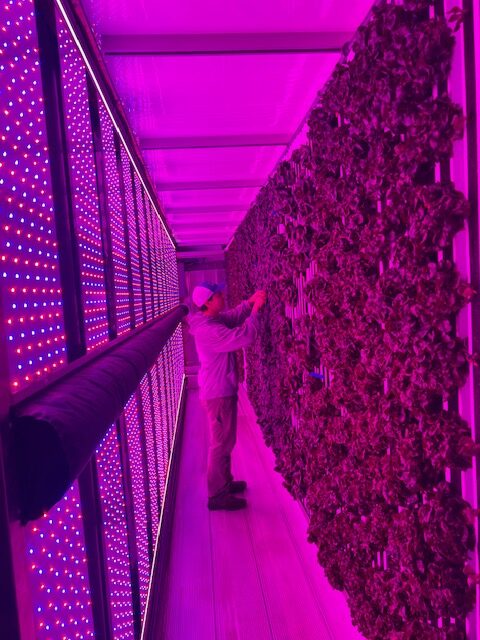
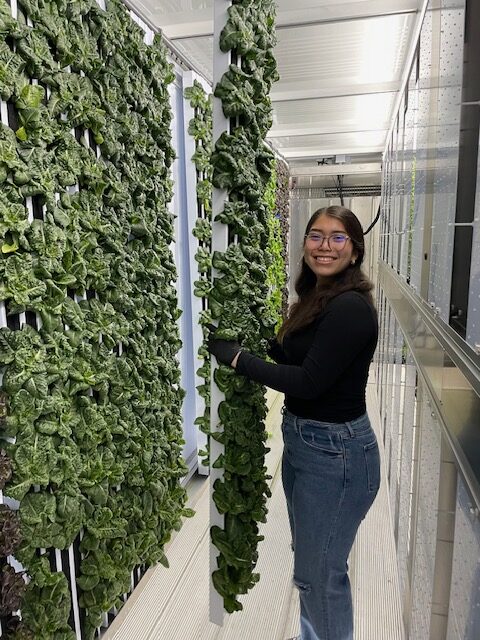
What’s Next for Growing Together Education?
GTE hopes to one day generate revenue with the farm by selling ingredients to local restaurants and other partnerships. “We are in our second month of huge harvesting now and the school district has been able to use all the produce in lunches to serve just under 10,000 students. There are active plans in place to provide produce to families, local food banks and the culinary arts program at Cerritos College (a local college attended by many students from Bellflower and the surrounding school districts),” says Hudak. “I truly believe that BUSD is on the cutting edge of creating a district-wide Urban Farm Education program that not only serves the educational needs of students but works to incorporate these practices into a larger conversation around public health and community development in urban areas.” GTE will continue to support schools across the country in designing and implementing programs similar to the work with Bellflower.





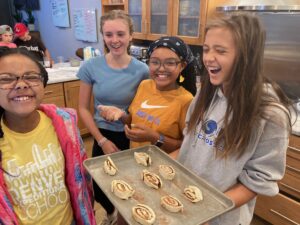

0 Comments
Leave a Comment
Your email address will not be published. All fields are required.